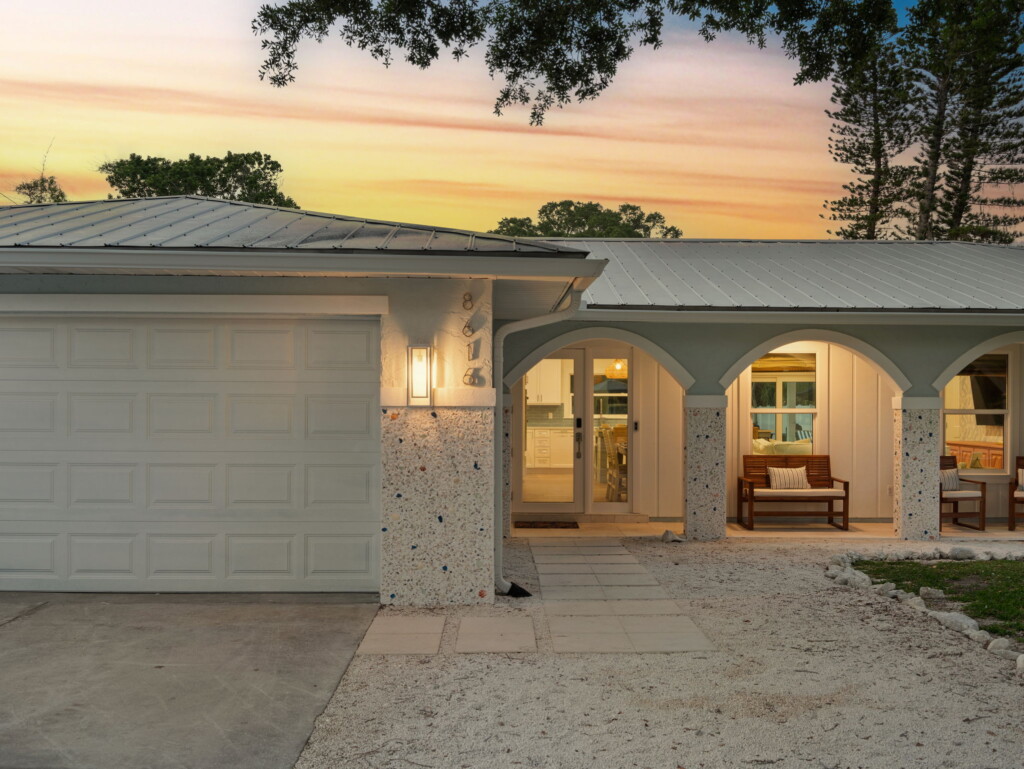Designing a custom home provides a unique opportunity to create a space tailored exactly to your lifestyle and preferences. But even with a blank slate and vision board, it’s easy to overlook details that can impact the functionality and comfort of the house – and even hurt future resale value. A well-thought-out floorplan is the foundation of a great home —literally and figuratively— so avoiding common mistakes early in the design process is essential.
Here are some of the most common floorplan oversights people make when designing a custom home.

It should be stated up front that working with an experienced custom builder can significantly reduce the chances of overlooking an important detail. But for those who have their dream home floorplan solidified in their mind, here are a few common mistakes to consider.
- Ignoring Your Lifestyle and Daily Routines: One of the biggest mistakes is designing a home that looks beautiful on paper but doesn’t reflect how you actually live. Are you early risers who need the kitchen far from the bedrooms to avoid waking others? Do you entertain often and need open spaces that flow together? Have young kids who need visibility from the kitchen to the playroom? Without considering lifestyle habits, a house can quickly become frustrating to live in—even if it’s “technically” well-designed.
- Poor Kitchen Placement or Layout: The kitchen is the heart of the home, and its placement matters more than people often realize. A common mistake is placing it too far from the garage or entry point, which makes bringing in groceries a chore. Another issue is poor flow —too tight a workspace or not enough counter space between appliances. Make sure the kitchen has enough room for both functionality and traffic, especially if it opens into other living areas.
- Underestimating Storage Needs: Storage is often an afterthought until it’s too late. While walk-in closets and big pantries are popular, smaller details—like broom closets, linen storage, and attic access—are easy to overlook. Built-in storage options like mudroom cubbies or under-stair storage can make a world of difference in long-term organization.
- Inadequate Natural Light: Even the most beautiful home can feel dim and cramped if there isn’t enough natural light. Orientation matters: where the sun rises and sets impacts how light enters the home throughout the day. Many people don’t consider how window placement or lack of skylights can affect brightness and energy usage. Work with your builder or architect to prioritize natural light, especially in common areas and bedrooms.
- Too Much Open Space—or Not Enough: Open floorplans are popular for a reason, but too much openness can sacrifice privacy and sound control. Consider where you may want separation—like a quiet office or a cozy den. On the flip side, too many walls and tight corridors can make a home feel boxed in. Striking a balance is key, and traffic flow should be carefully considered.
- Undersized Laundry and Utility Areas: Laundry rooms and utility spaces are easy to push to the back burner in the planning phase. But these areas are used regularly and need to be functional. A cramped laundry area with no counter space or storage can quickly become a headache. Consider including a utility sink, hanging areas, cabinets, or even a built-in ironing station. If space allows, placing laundry rooms near bedrooms can also cut down on hauling clothes across the house.
- Lack of Future Planning: Your needs might be different in five or ten years. Planning only for the present can result in costly remodels later. Think about future kids, aging in place, multigenerational living, or resale value. Simple additions like wider doorways, a main-floor bedroom, or extra outlets can add flexibility without a major investment.
Designing a custom home is exciting, but even small oversights in the floorplan can lead to regrets down the road. A thoughtful floorplan not only enhances your daily life but ensures your dream home stays a dream for years to come.
Bruce Williams Homes is one of Manatee County’s most trusted custom home builders. With 60 years of local experience and loyal clients, we are the first call you should make.
Designing a custom home provides a unique opportunity to create a space tailored exactly to your lifestyle and preferences. But even with a blank slate and vision board, it’s easy to overlook details that can impact the functionality and comfort of the house – and even hurt future resale value. A well-thought-out floorplan is the foundation of a great home —literally and figuratively— so avoiding common mistakes early in the design process is essential.
Here are some of the most common floorplan oversights people make when designing a custom home.

It should be stated up front that working with an experienced custom builder can significantly reduce the chances of overlooking an important detail. But for those who have their dream home floorplan solidified in their mind, here are a few common mistakes to consider.
- Ignoring Your Lifestyle and Daily Routines: One of the biggest mistakes is designing a home that looks beautiful on paper but doesn’t reflect how you actually live. Are you early risers who need the kitchen far from the bedrooms to avoid waking others? Do you entertain often and need open spaces that flow together? Have young kids who need visibility from the kitchen to the playroom? Without considering lifestyle habits, a house can quickly become frustrating to live in—even if it’s “technically” well-designed.
- Poor Kitchen Placement or Layout: The kitchen is the heart of the home, and its placement matters more than people often realize. A common mistake is placing it too far from the garage or entry point, which makes bringing in groceries a chore. Another issue is poor flow —too tight a workspace or not enough counter space between appliances. Make sure the kitchen has enough room for both functionality and traffic, especially if it opens into other living areas.
- Underestimating Storage Needs: Storage is often an afterthought until it’s too late. While walk-in closets and big pantries are popular, smaller details—like broom closets, linen storage, and attic access—are easy to overlook. Built-in storage options like mudroom cubbies or under-stair storage can make a world of difference in long-term organization.
- Inadequate Natural Light: Even the most beautiful home can feel dim and cramped if there isn’t enough natural light. Orientation matters: where the sun rises and sets impacts how light enters the home throughout the day. Many people don’t consider how window placement or lack of skylights can affect brightness and energy usage. Work with your builder or architect to prioritize natural light, especially in common areas and bedrooms.
- Too Much Open Space—or Not Enough: Open floorplans are popular for a reason, but too much openness can sacrifice privacy and sound control. Consider where you may want separation—like a quiet office or a cozy den. On the flip side, too many walls and tight corridors can make a home feel boxed in. Striking a balance is key, and traffic flow should be carefully considered.
- Undersized Laundry and Utility Areas: Laundry rooms and utility spaces are easy to push to the back burner in the planning phase. But these areas are used regularly and need to be functional. A cramped laundry area with no counter space or storage can quickly become a headache. Consider including a utility sink, hanging areas, cabinets, or even a built-in ironing station. If space allows, placing laundry rooms near bedrooms can also cut down on hauling clothes across the house.
- Lack of Future Planning: Your needs might be different in five or ten years. Planning only for the present can result in costly remodels later. Think about future kids, aging in place, multigenerational living, or resale value. Simple additions like wider doorways, a main-floor bedroom, or extra outlets can add flexibility without a major investment.
Designing a custom home is exciting, but even small oversights in the floorplan can lead to regrets down the road. A thoughtful floorplan not only enhances your daily life but ensures your dream home stays a dream for years to come.
Bruce Williams Homes is one of Manatee County’s most trusted custom home builders. With 60 years of local experience and loyal clients, we are the first call you should make.






